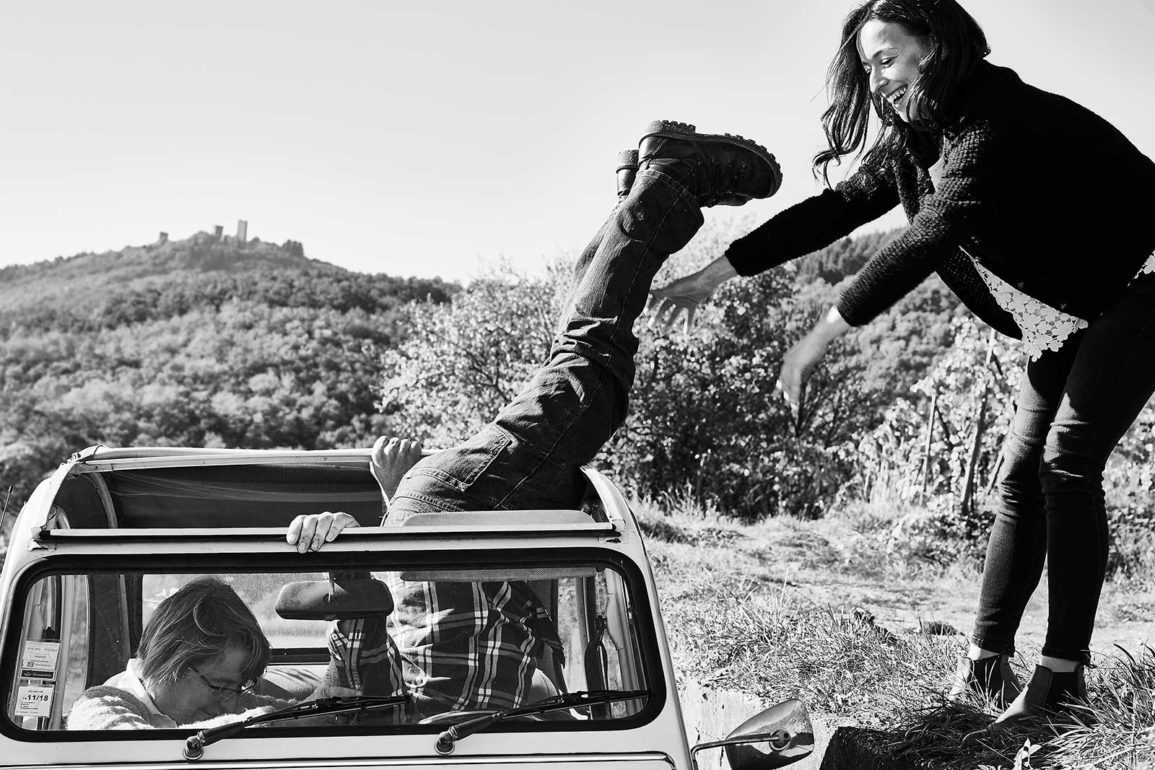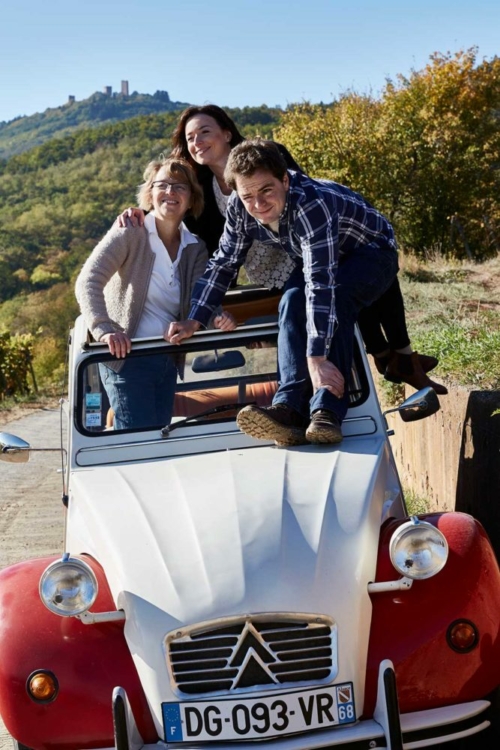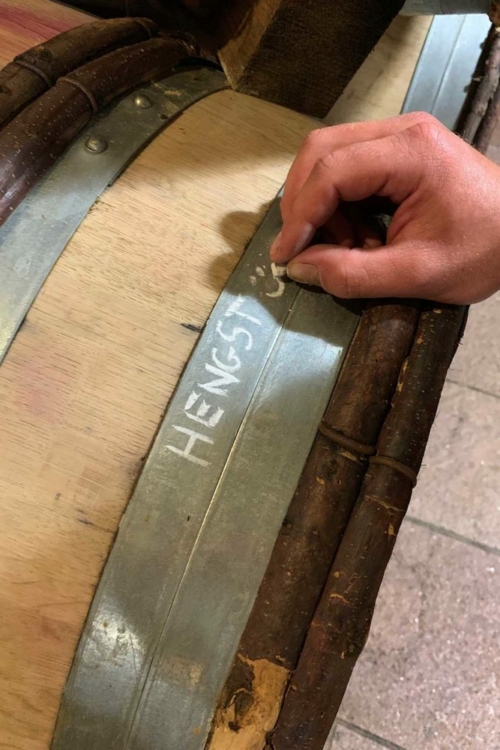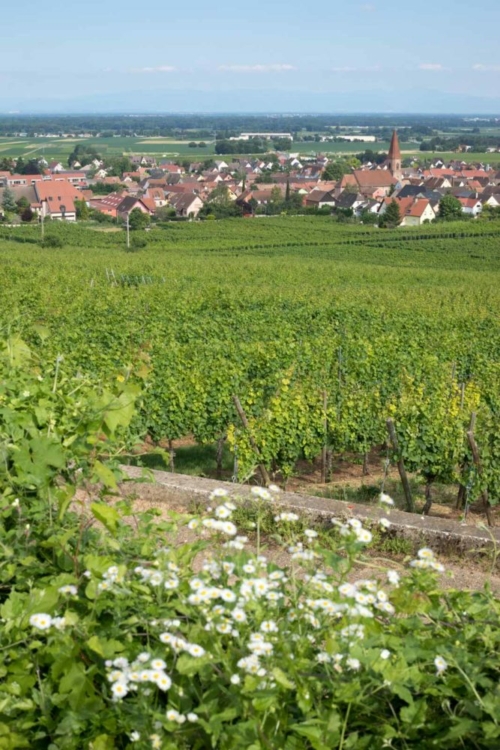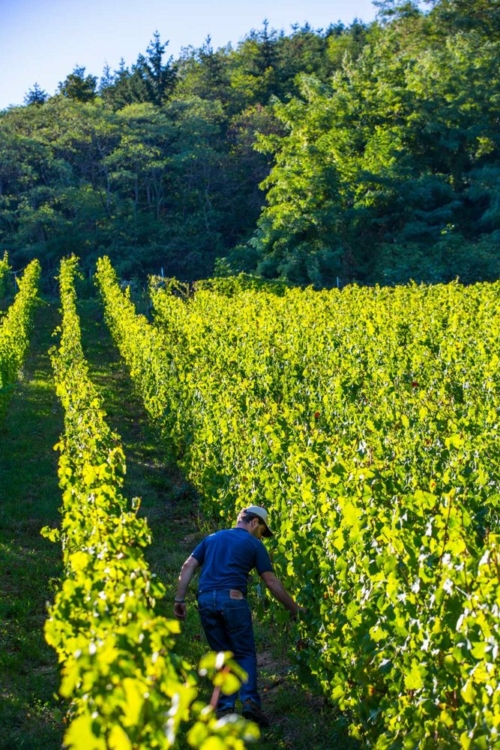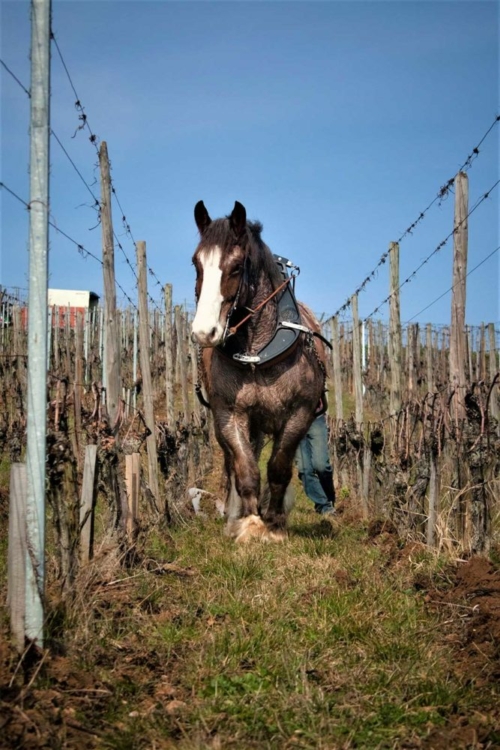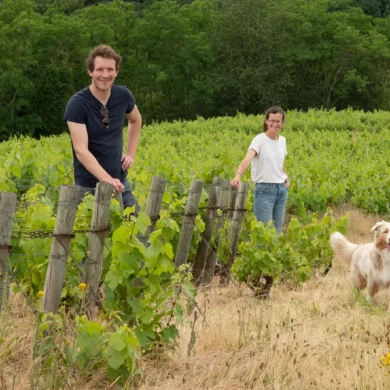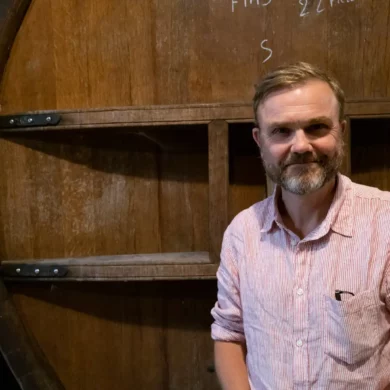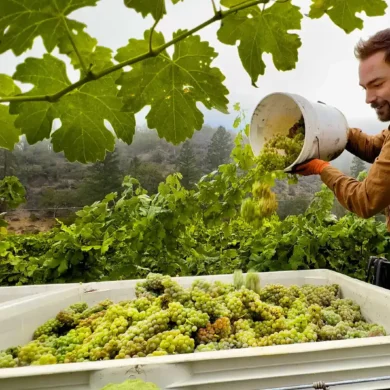Sometimes you have to walk down a well-trodden path to yield a surprising insight. In wine, the trail labeled “Science (or Lack Thereof) Behind Biodynamics” has so many footprints that the path is rutted.
Mind you, it is an important conversation. Hundreds of biodynamic wineries proudly market their Demeter badge, and consumers should know what that stands for. More significantly, the claims from winemakers of its superiority as an agricultural method — and, moreover, as a way of producing better wine — warrants a constant one-two dose of curiosity and skepticism. Curiosity, because many of the greatest wines in the world are biodynamic. There is certainly something to it. Skepticism, because some of its practices seem absurd.
Scientific evidence? Here is a can of worms. I’ll let you open it.
I wasn’t initially going to go there when I opened up a half case of Barmès-Buecher this spring and planned my tasting. For one, being biodynamic and being Alsatian are starting to go hand-in-hand. An estimated 15% of the area’s vineyards are certified biodynamic or organic, a massive share when you consider France’s national average for organic viticulture is 8%. In Alsace, almost all of these vineyards are the ones devoted to fine wine, too. Domaine Zind-Humbrecht, Domaine Ostertag, Valentin Zusslin, Josmeyer and Albert Mann are just some of the wineries who live and breathe biodynamics.
No, that really didn’t seem to be the story here. I was more intrigued with two aspects of Barmès-Buecher: their family dynamic and the thrilling, shape-shifting nature of their wines. But of course, that second part invariably led me back to the well-trodden path.
“Connected to the Ground”
Managed by a mother-son-daughter team, the estate is the enduring legacy of the family’s patriarch, François Barmès, who died in a sudden and tragic accident in 2011. Today, Geneviève Barmès, her son (Maxime) and daughter (Sophie Barmès-Blanquart) carry on. They do so with a single business card and the joint title “Propriétaires Vignerons,” even though Maxime handles the winemaking, Sophie tackles sales and marketing, and Geneviève — as Sophie told me adoringly during our interview — “keeps us connected to the ground.”
“Sometimes when [Maxime and I] have too much of a crazy idea, she says ‘hey! No, no, no!'” she laughed.
When François Barmès and Geneviève Buecher married in 1985, they combined their families’ generational holdings in Wettolsheim into one estate. But while grape-growing and winemaking ran in the family, previous generations had only bottled about 1/3 of their wine. They wanted to estate-bottle all of it, and increase the quality. Developing a clientele and forging a reputation as Barmès-Buecher required a new approach, and soon, François found biodynamics as his trail map for the path forward.
“For my father, he had to convert the whole estate to biodynamics,” Sophie recalled. “Organic was almost nothing. He wanted to convert to biodynamic because it was the way to bring an emotion into the wine. An energy into the wine.”
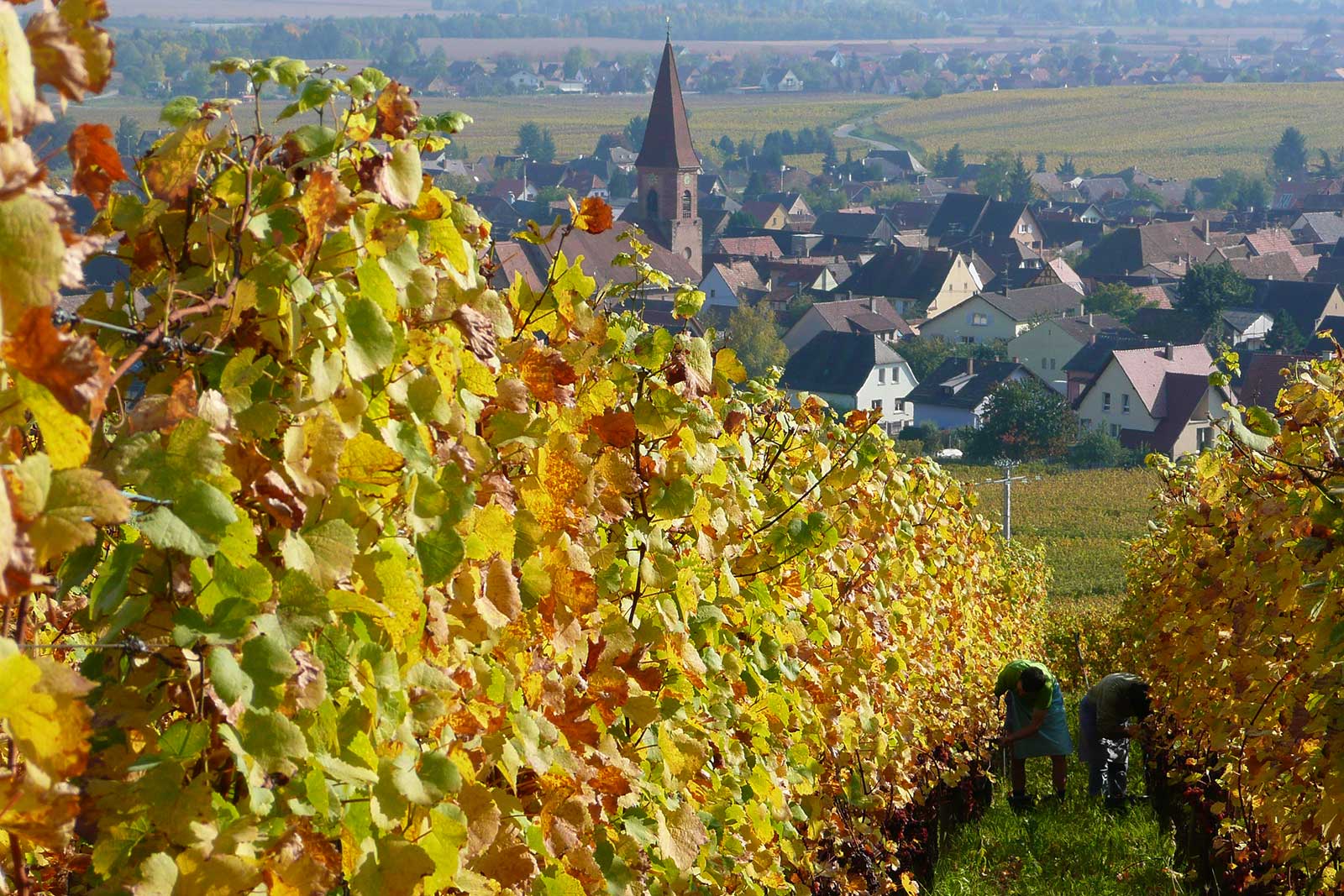
Despite my efforts to go elsewhere, I realized this story had to be about biodynamic viticulture. For one, the family dynamic was linked to biodynamics through the memory of their father. It was not just a school of thought, it was how the family made wine, an asset passed down to a new generation just like a wine press, a barrel or a vineyard.
But also, I knew what Sophie was talking about, even if it sounded New Agey. What I felt in their white wines — the thing that separated them — was energy.
I had just tasted their entry-level Pinot Blanc, a grape that is best known for anonymity: the lemon chiffon color seemed to radiate; the vivid aromas erupting from the glass. I found the same vitality in every one of their white wines, and then — looking back to my first Barmès-Buecher introduction — it was this energy that had revived my exhausted spirit at the time.
I was at the 2018 Millesimes d’Alsace event in Colmar, a biannual event where the consortium of Alsatian winegrowers debuts their wines to the international press. I had been tasting Riesling (many of them biodynamic, mind you) for almost three hours. Fatigue was setting in. My notes were starting to sound repetitive. I either needed to step away for a tarte flambée or go run through the rain outside.
At that tipping point, I found myself at the Barmès-Buecher table. The brother-sister tandem beamed as they poured their five wines for me. Immediately, these wines triggered new sensations. I wasn’t reminded of fruits or flowers, as much as specific places I had been. River banks. Mountain trails. A plant nursery. Their Riesling unwillingly triggered nostalgia in me. Whoa, I wrote, in my little notebook. What just happened?
“It’s Never the Same”
And so, with Sophie on the other end of my Zoom — and five of their six wines earning sterling marks from my most recent tasting — I asked the age-old question about biodynamics, but with a small twist: why biodynamics instead of just organic?
“Because organic is just ‘okay, I stopped using chemicals,’ and that’s it,” she said. “You read a book and they say ‘don’t put this product onto this.’ ‘Okay, I stopped using these products.’ But biodynamics is another world. It’s never the same. Every stage is different, so you cannot say ‘now I know how biodynamics works.’ No, you never know because everything is different.”
And that’s where, quite suddenly, a big piece of the biodynamic puzzle fell into place for me: “You never know because everything is different.” Sophie had just embraced the Not Knowing in answering the Great Big Why. It was as though biodynamics was a matter of faith.
She went on to tell me that the method had opened her eyes to nature’s mysteries in surprising ways, such as how unrecognizable her own wines could be in a blind tasting alongside her Alsatian peers. “For me, that is incredible,” she said. “When you taste a biodynamic wine, it can be completely closed and say nothing, and you can taste it another day and the wine is completely different.”
Sales relies on certainty, but for Sophie, these fluctuations were just part of the fascinating mystery of creating a living product. It didn’t seem like she’d have it any other way.
A Matter of Faith?
There is a thread of mysticism at work with biodynamics. Its adherents must suspend their disbelief at times, but what keeps them going — it appears — is that their faith is rewarded with results.
I expected a bit of dogma when I posed my question to Sophie about organic versus biodynamic, but by conversation’s end, what she was describing was more intangible. And she was perfectly comfortable with that.
“[Biodynamics] is not just ‘ok, I want to learn biodynamics, so I will follow a biodynamic lesson for two years and listen to a teacher, and then apply exactly what he will explain to me,'” she said. “It is absolutely not that. It is a feeling. It is listening to your vines. And you need to be open to the present. To be here.”
She went on to say that she was baffled by biodynamic winemakers who travel the world to sell their wines. Maxime, on the other hand, can barely leave Wettolsheim without obsessing over the day-to-day, hour-by-hour fluctuations of his vineyards.
And therein lies the secret ingredient of biodynamic’s success with wine: Its demands, no matter how esoteric, require a constant presence. That level of attention and meticulousness certainly leads to a wine of detail. Whether you like the wine or not, you at least have an accurate representation of what that grape in that place can offer, when given a fighting chance.
What separates Barmès-Buecher’s wines from the rest of Alsace, I am still not sure. Align the actions taken to produce these wines alongside their contemporaries, and they’ll mostly cancel each other out. What we’re left with is terroir. For me, that’s a thrilling prospect, and a big reason why I adore this region over so many others. The discoveries are ceaseless, like a recent taste of Domaine Ostertag’s “Les Jardins” Pinot Gris.
Read my tasting report on Barmès-Buecher’s wines for more detail on their vineyard holdings.
What I cannot account for, still, is why my senses shift into nostalgia mode with these wines. This time, the Pinot Blanc put me in a very specific garden from my past. The Pinot Gris, meanwhile, conjured up a 20-year-old memory of a backcountry campsite in the San Juan Mountains. Heading into this exercise, my mind was consciously running circles on the aroma wheel, trying to pin peaches from apricots. Trying to be analytical and fair. Instead, I was thrust somewhere else. And I keep asking, why was this happening?
Maybe I should stop asking. After all, you wouldn’t ask a mystic to use scientific evidence in explaining their beliefs, would you?
